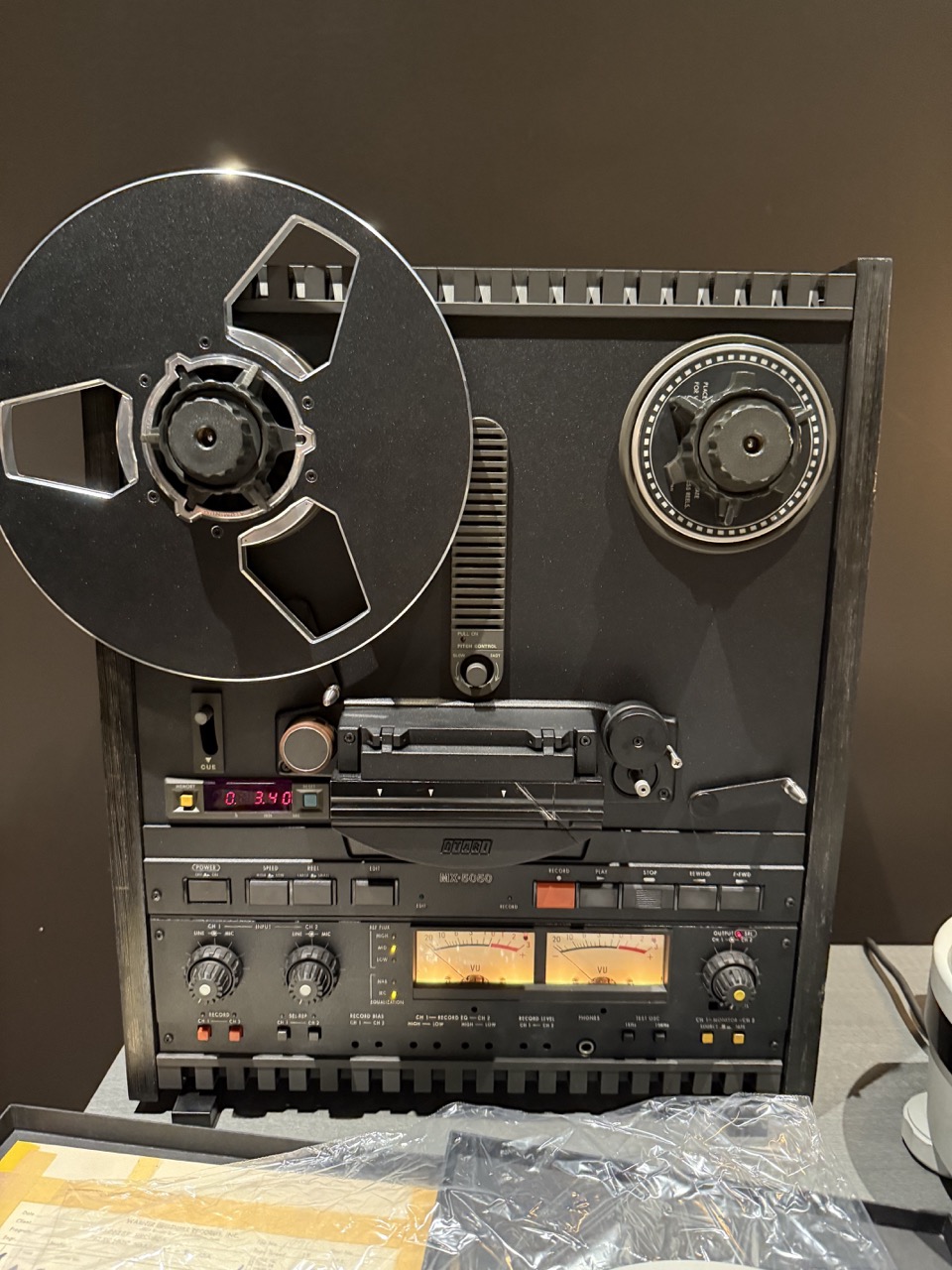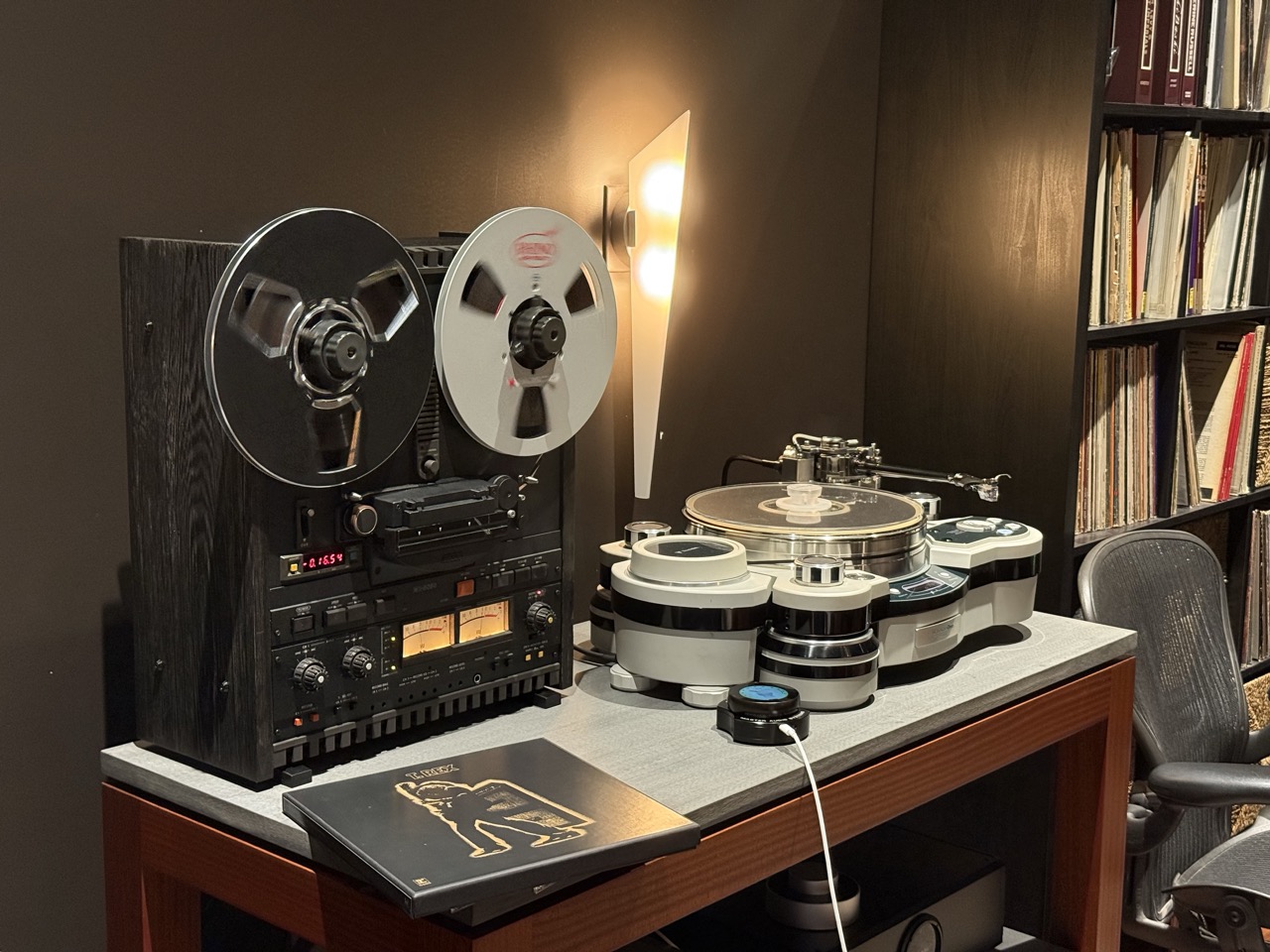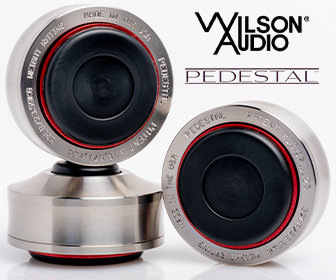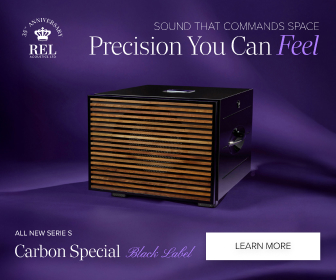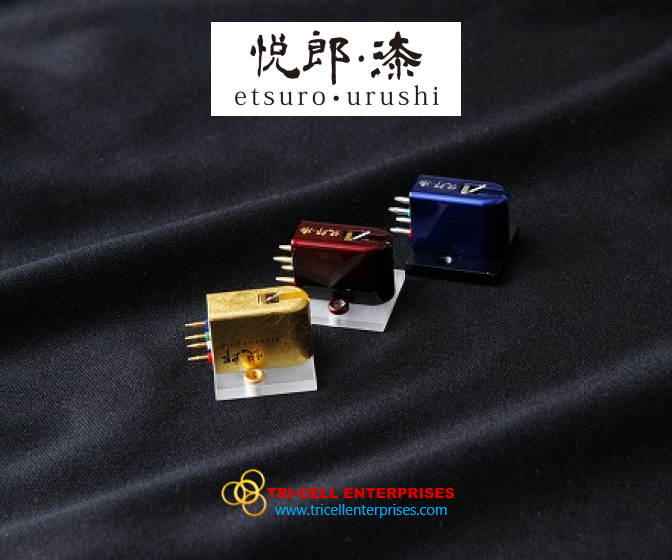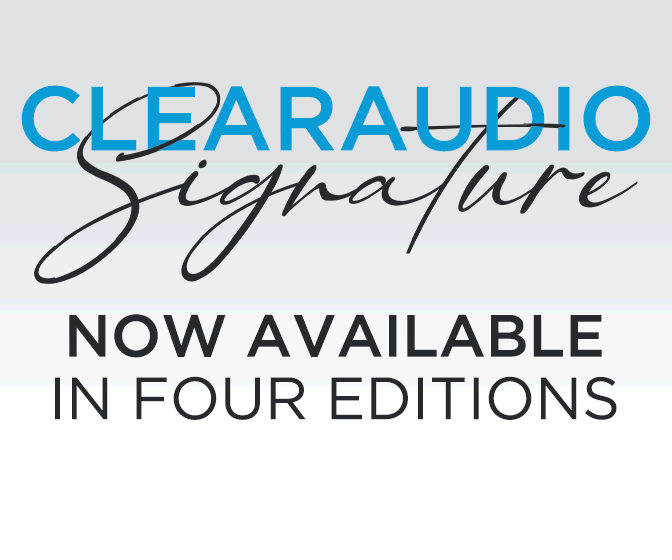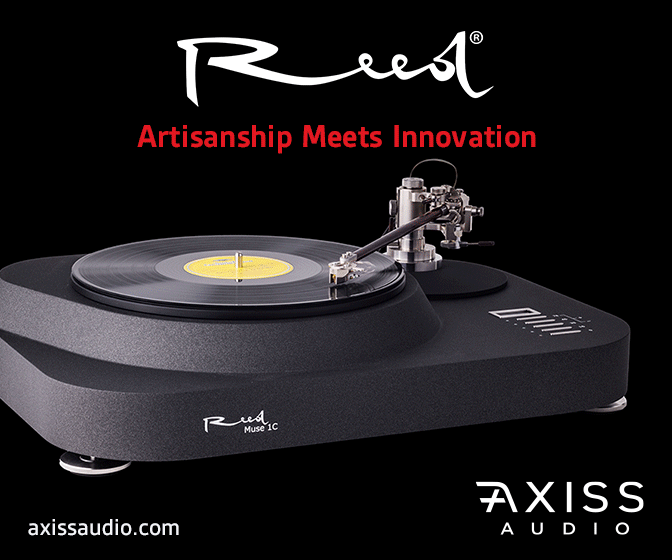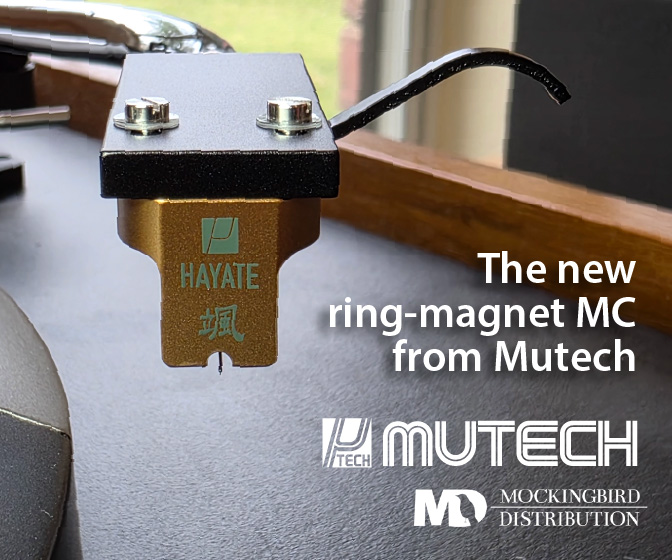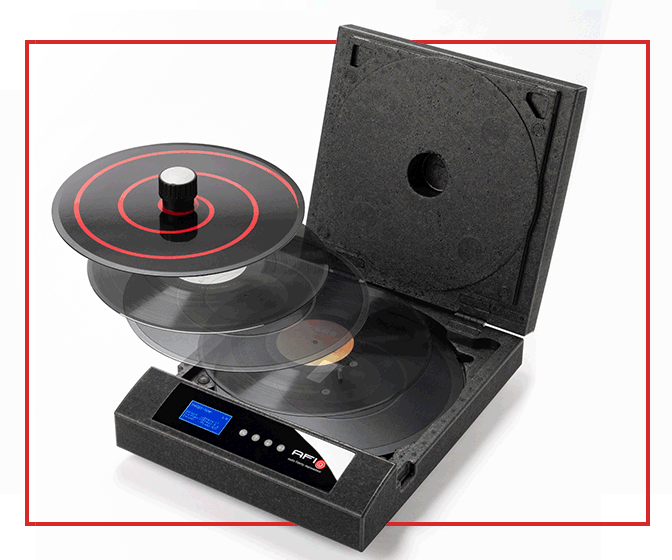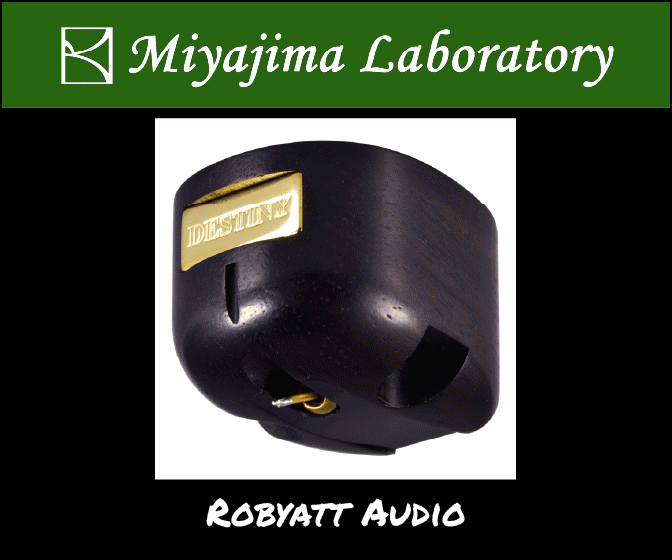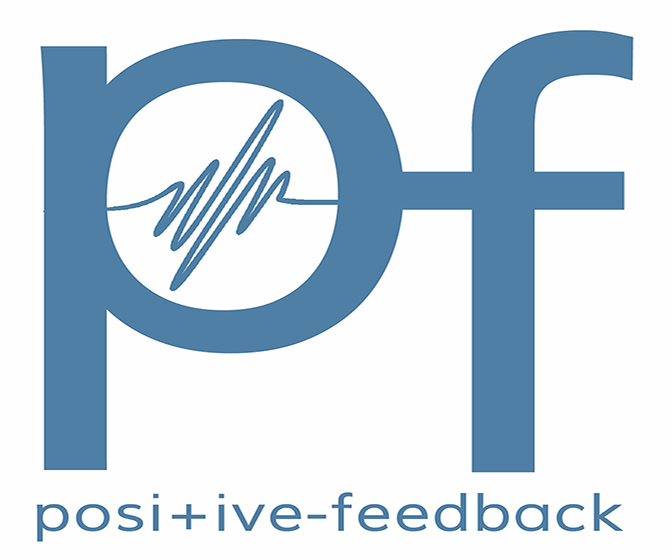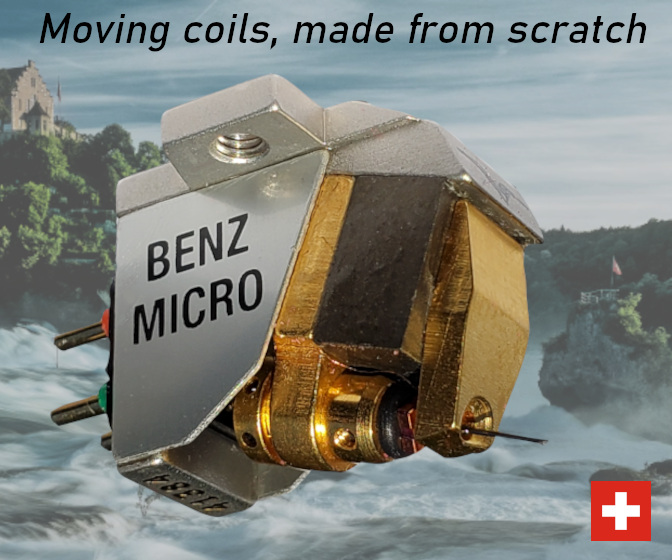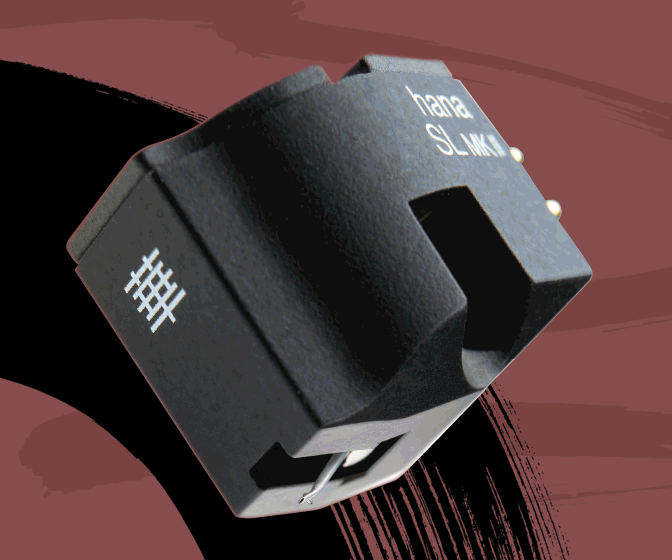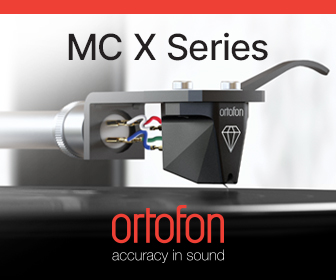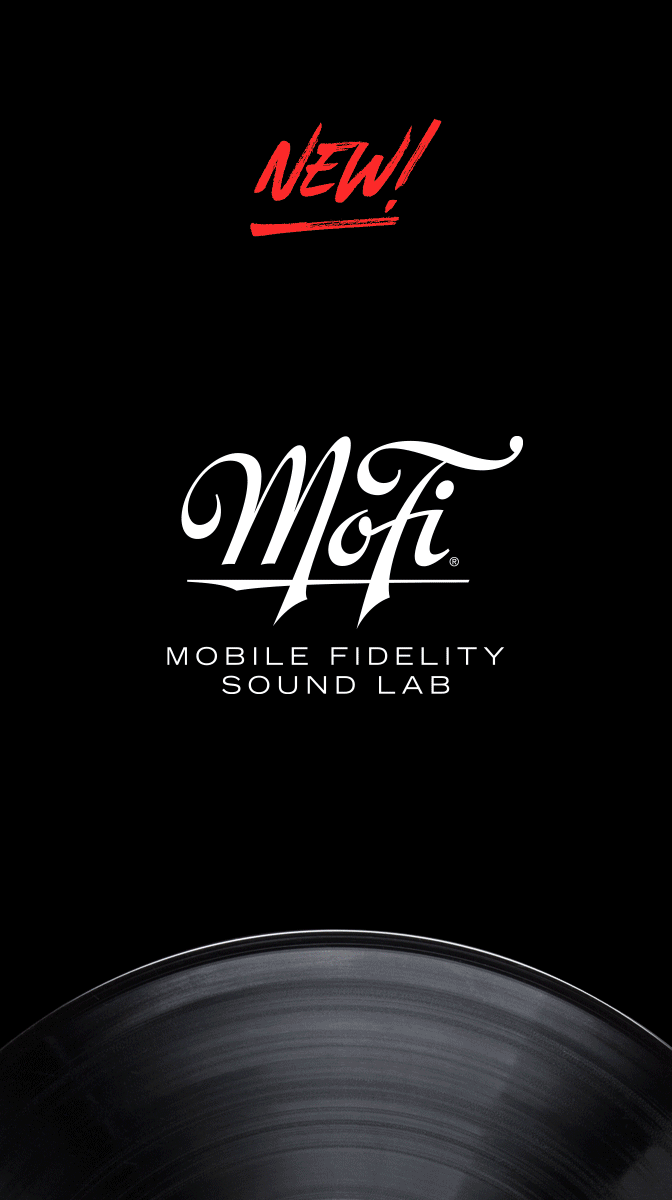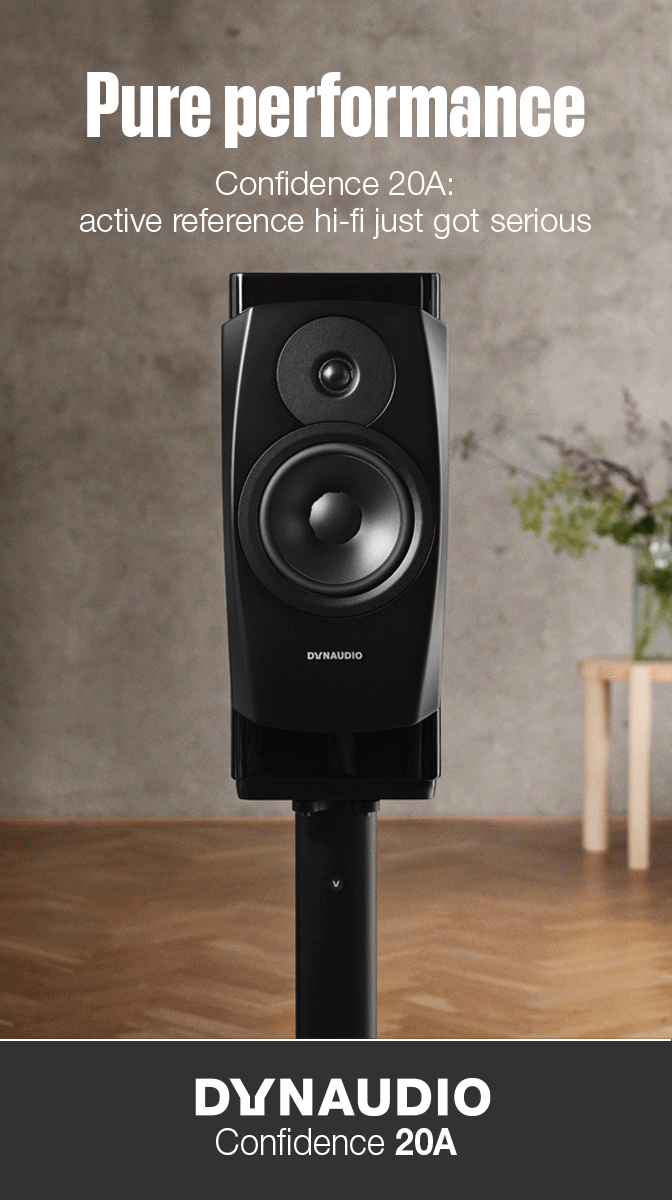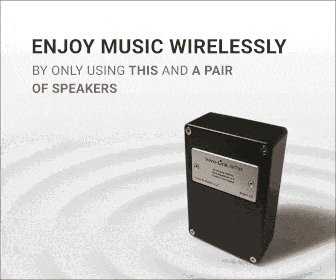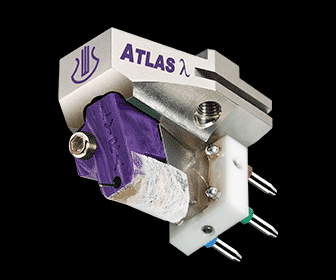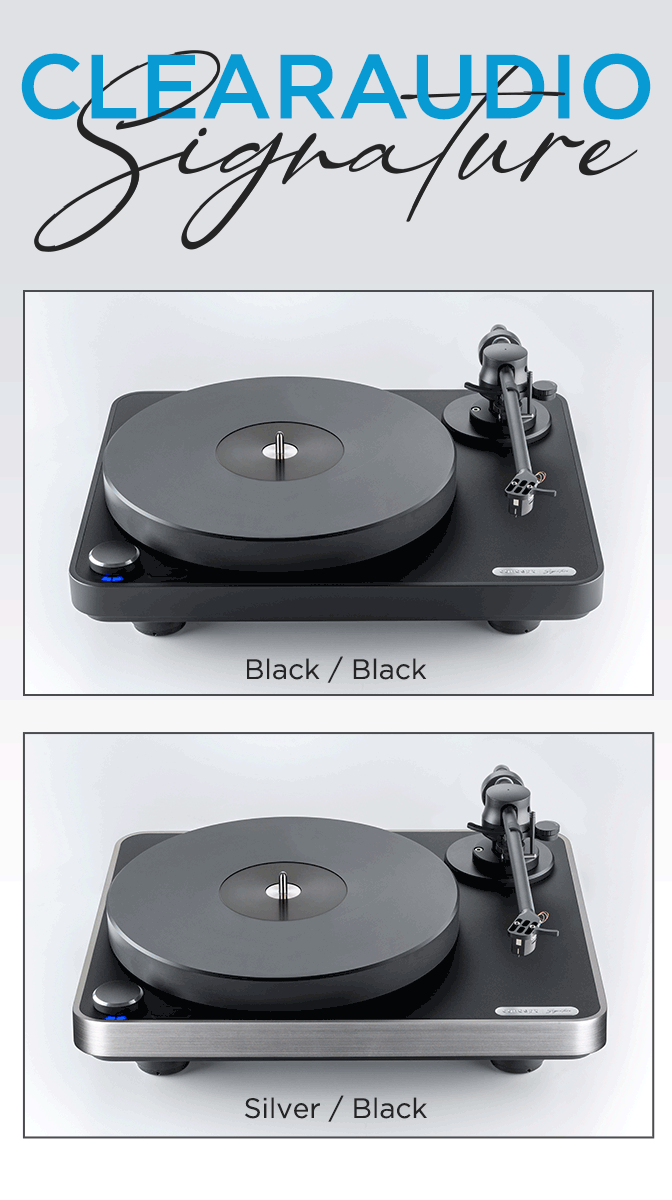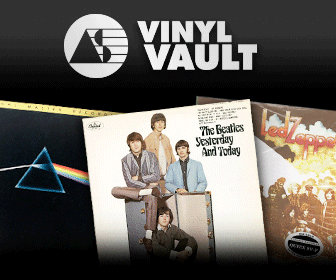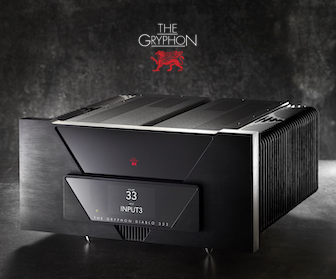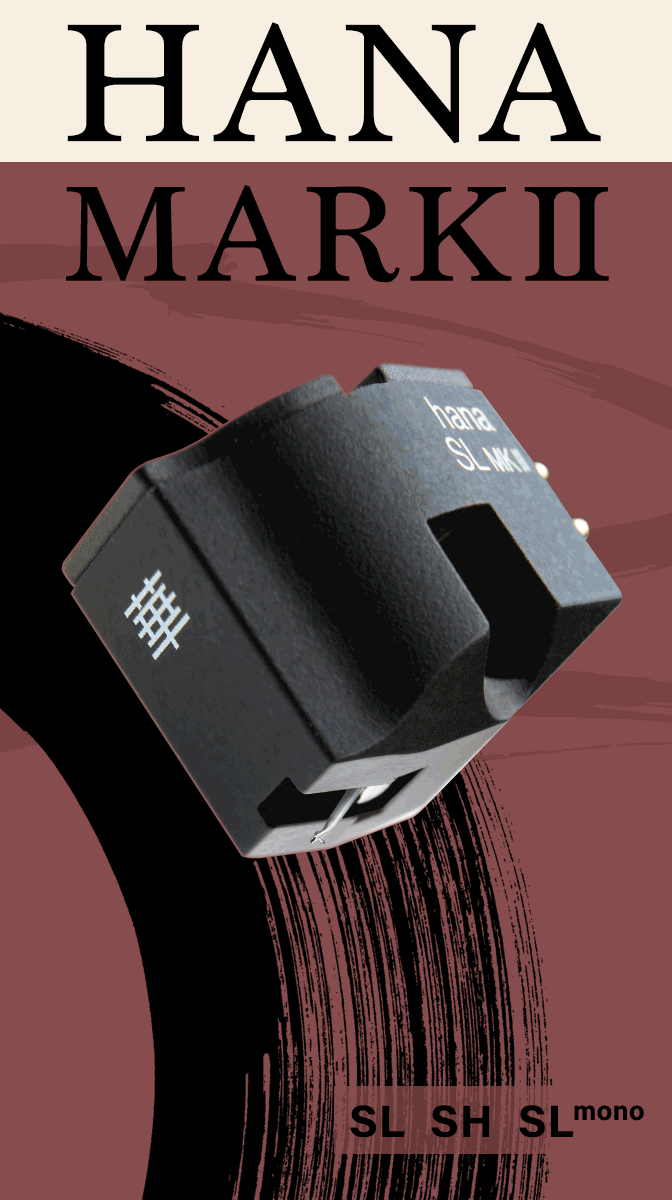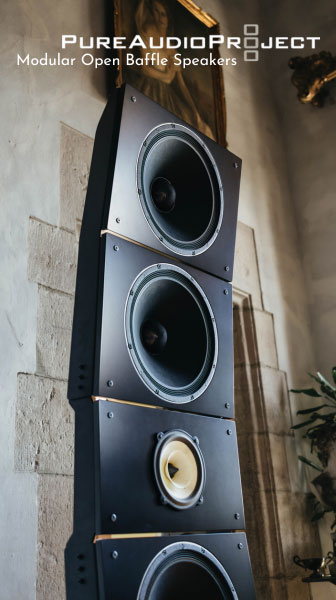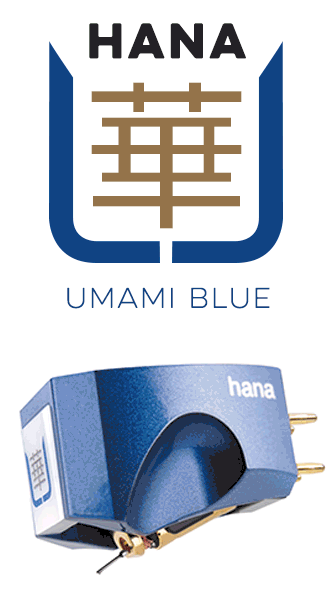Rhino High Fidelity Launches Reel-To-Reel Series With T. Rex and Yes
A first listen at Innovative Audio NYC
Last night at Innovative Audio in East Midtown NYC and The Audio Salon in Santa Monica, CA, Rhino launched a new reel-to-reel series under their High Fidelity banner. The first two titles are Yes’ The Yes Album and T. Rex’s Electric Warrior, each limited to 500 copies and retailing for $299.98 (a bundle with both sells for $569.98).
Duplicated in real time from 1:1 flat master tape copies, the Rhino High Fidelity R2R tapes are 10.5” diameter, 15ips, 1/4” IEC reels on Recording The Masters LPR90 tape stock. RTM in France also does the duplication, and Steve Woolard produces the RHF tape series. The tapes are delivered “tails out” so you have to carefully rewind them onto an empty reel before playback. These are essentially third-generation master tapes, retailing for significantly less than similar releases from other companies whose licensing costs increase the price.
At Innovative Audio, a small group of press heard The Yes Album and Electric Warrior Rhino tapes played on a rebuilt Otari MX-5050 deck fed through D’Agostino preamps and amps, Transparent cables, and Wilson Audio speakers. A reliable system featuring components I’ve heard before, so I’m confident in my sonic assessment’s accuracy.
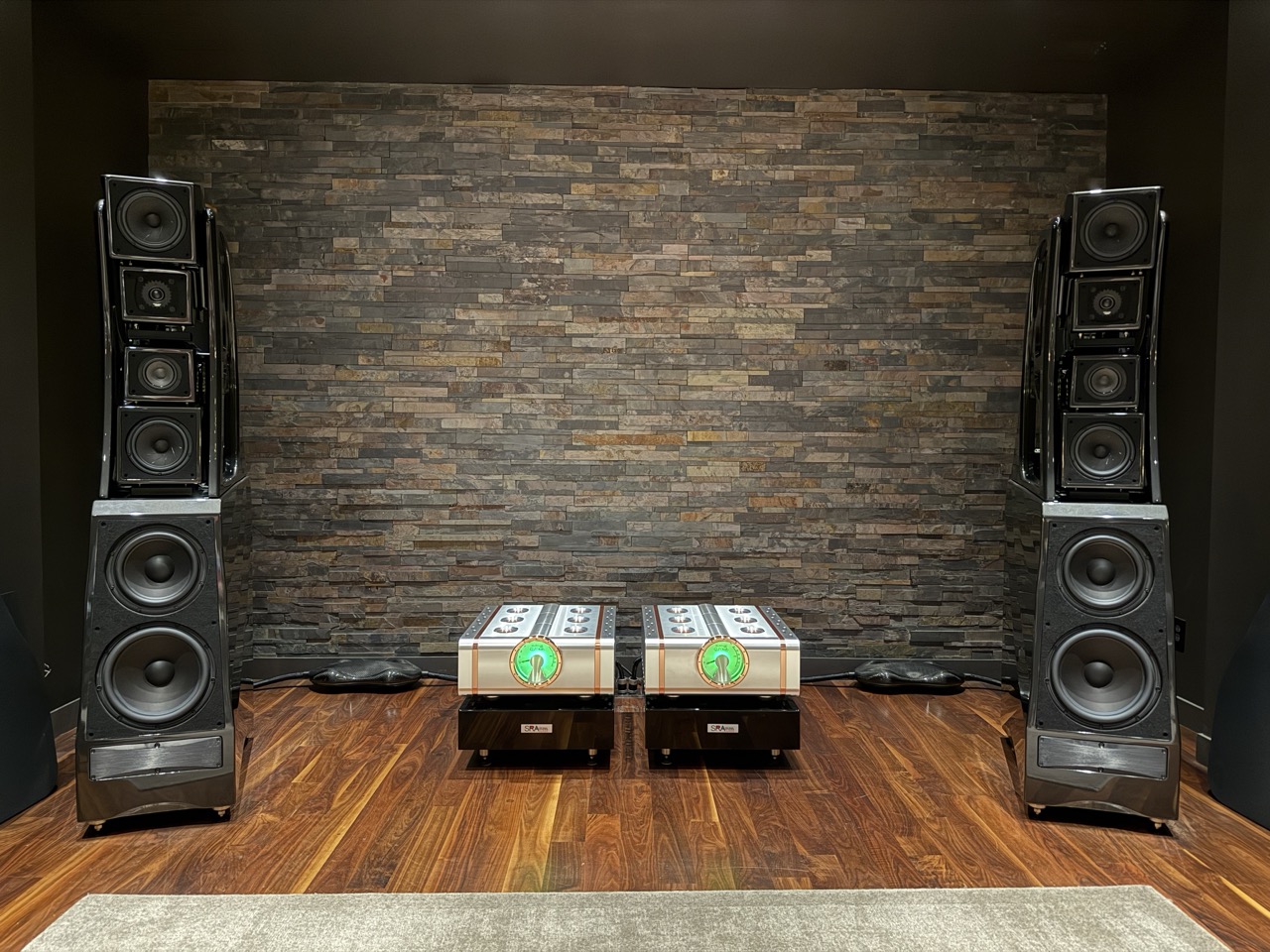
For a new ultra-deluxe audiophile series in a niche, rarefied format (whose barrier to basic entry is thousands of dollars), these two albums are an interesting selection. While The Yes Album and Electric Warrior are musically significant classics, they’re not great sounding recordings. Good, but not great, unlike Rhino High Fidelity’s vinyl titles most of which started out as some flavor of sonically “great.” We’re trying to get more information about the R2R curation mentality.
First up on the Otari was Yes’ 1971 breakthrough The Yes Album, recorded and mixed at Advision Studios in London. This is a compressed mix to begin with, though the Rhino tape sounds good. The lack of vinyl surface noise and subsonic rumble meant that the tape has stunning black backgrounds (though despite the original master being Dolbyed, I still heard some hiss on the Rhino consumer tape), as well as clean sibilants, reasonably tight bass, and nice separation of multitracked vocals. The last songs of the original LP’s respective sides sound best, especially “Starship Trooper,” with guitar solos beautifully floating in space and the ending Moog(?) bass being truly impressive. The organ at the end of “I’ve Seen All Good People”’s first part perfectly rings into the abyss. There’s a slight midbass fog and an absence of the highest frequencies throughout the Rhino High Fidelity The Yes Album, though that might be inherent to the original master tape. As I say with Electric Recording Company vinyl releases (cut with no deliberate signal processing, even if their vintage tube system imparts a stronger sonic character than turning a knob ever would), some albums need mastering and have issues without it; after all, none of these artists intended for us to hear their flat master tapes, even if that’s what they heard in the studio.
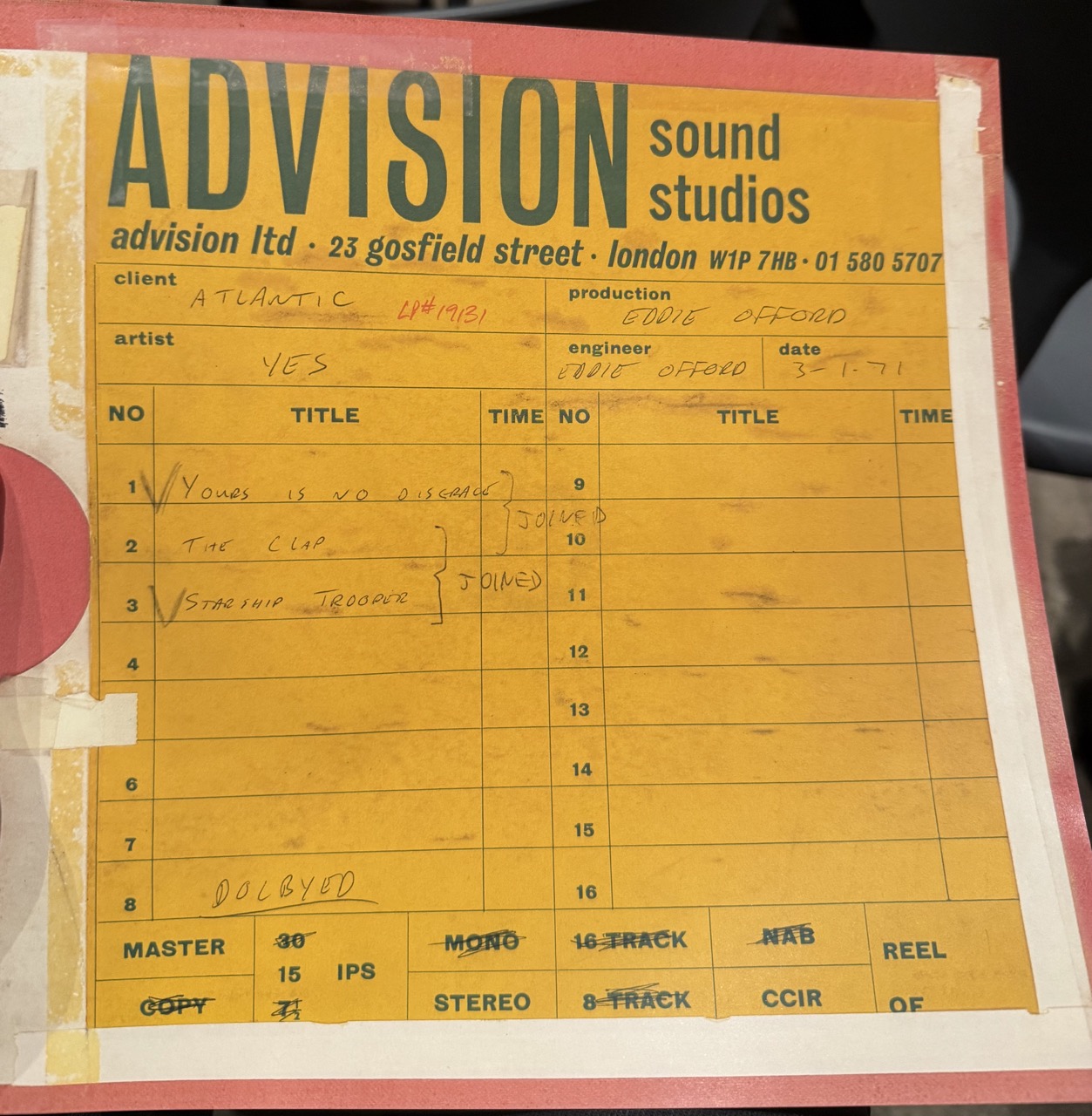
Each Rhino R2R comes with an insert featuring tape specs, playback instructions, and photos of the original master tape boxes. The Yes Album’s master tape comes from Advision Studios, as Yes was signed to Atlantic on both sides of the ocean. T. Rex’s Electric Warrior is a different case: Fly Records originally released it in the UK, while Reprise/Warner always had it in North America. Universal now has Electric Warrior in the rest of the world. The “original” tape box scans in the Rhino Electric Warrior R2R have Warner Brothers, Hollywood information on the top, yet it’s marked “MASTER.” While some of the album was tracked in America, it was mixed and assembled in London, so what is the original master tape? Is the Warner master the true original repackaged in a different tape box, or is it a second generation copy? Did Marc Bolan and Tony Visconti run off two mixdown tapes simultaneously?
I don’t have those answers yet, but what I do know is that I find Rhino High Fidelity’s Electric Warrior consumer tape a bit disappointing. Bolan’s voice is often low in the mix already, yet many editions (regardless of format) carve out a clear space for it. On the Rhino R2R, he’s shrouded in midbass murkiness, sometimes to the point of being unintelligible. When I noticed this on opener “Mambo Sun,” I was sitting in the front row of Innovative’s showroom; moving further back helped the higher frequencies cut through, but the rest of the album wasn’t drastically better. The drum fills towards the end of “Cosmic Dancer” don’t have the precise transient texture I’m used to, electric guitars aren’t nearly as sharp as I hoped, and while “Bang A Gong (Get It On)” has a wide, expansive soundstage, Bolan’s voice is again hidden. Songs with sparser arrangements like “Monolith” and “Girl” fare better with solid physicality, and other songs have a few parts that pop out nicely (the horn at the end of “Rip Off,” the lead guitar on “The Motivator”), but overall it’s smooth yet cloudy and thick.
Electric Warrior will also get a Rhino High Fidelity vinyl reissue this December, though I’m not sure it really needs it. Kevin Gray already did an AAA cut for Rhino in 2017 (pressed at RTI and packaged in a laminated tip-on gatefold), so I can’t imagine much difference or improvement. I haven’t played the 2017 reissue in a while but I remember it sounding decent.
Despite my reservations about the Electric Warrior Rhino R2R, this new edition of The Yes Album is easy to recommend to diehard fans with the gear to play it. I’m interested to see where this series goes. The reel-to-reel format is neither practical, common, or remotely affordable, and considering these are flat transfers with all the potential surprises that come with that, it’s a pretty big way to test what audiophile consumers’ sonic preferences actually are, and which albums they’ll spend $300 for.
